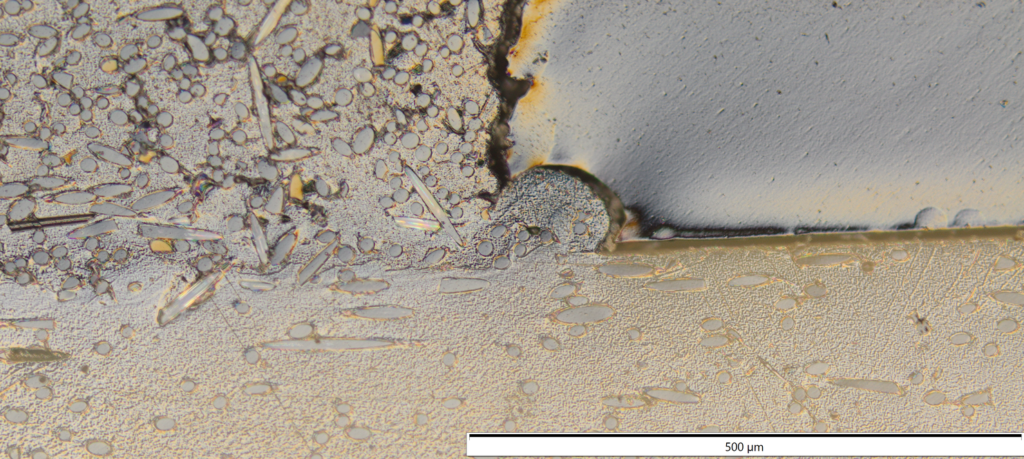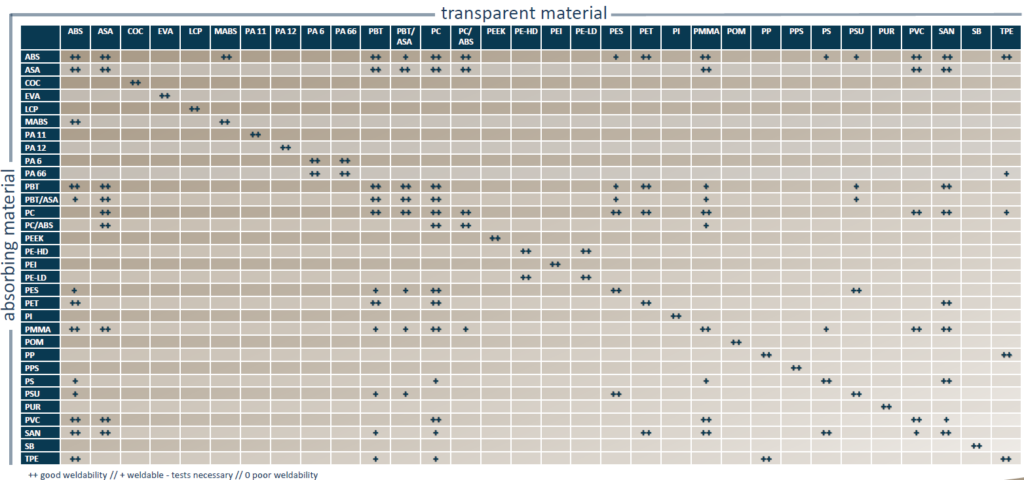Quality assurance IV – Process control by pyrometry
The possibilities for monitoring the joining process in laser plastic welding are wide-ranging. State of the art is primarily indirect methods which do not assess the weld seam itself, but which allow conclusions about the expected seam quality on the basis of various monitoring variables and inputs. In the case…



